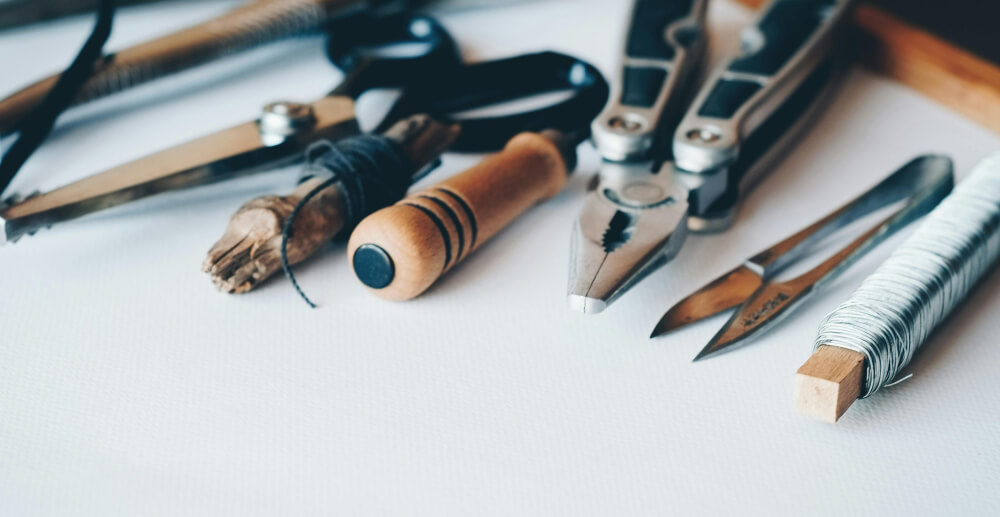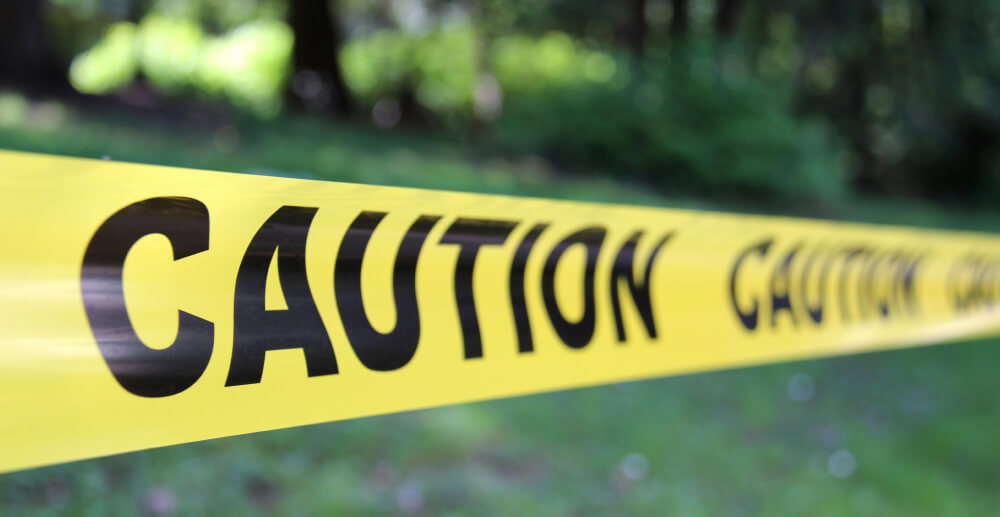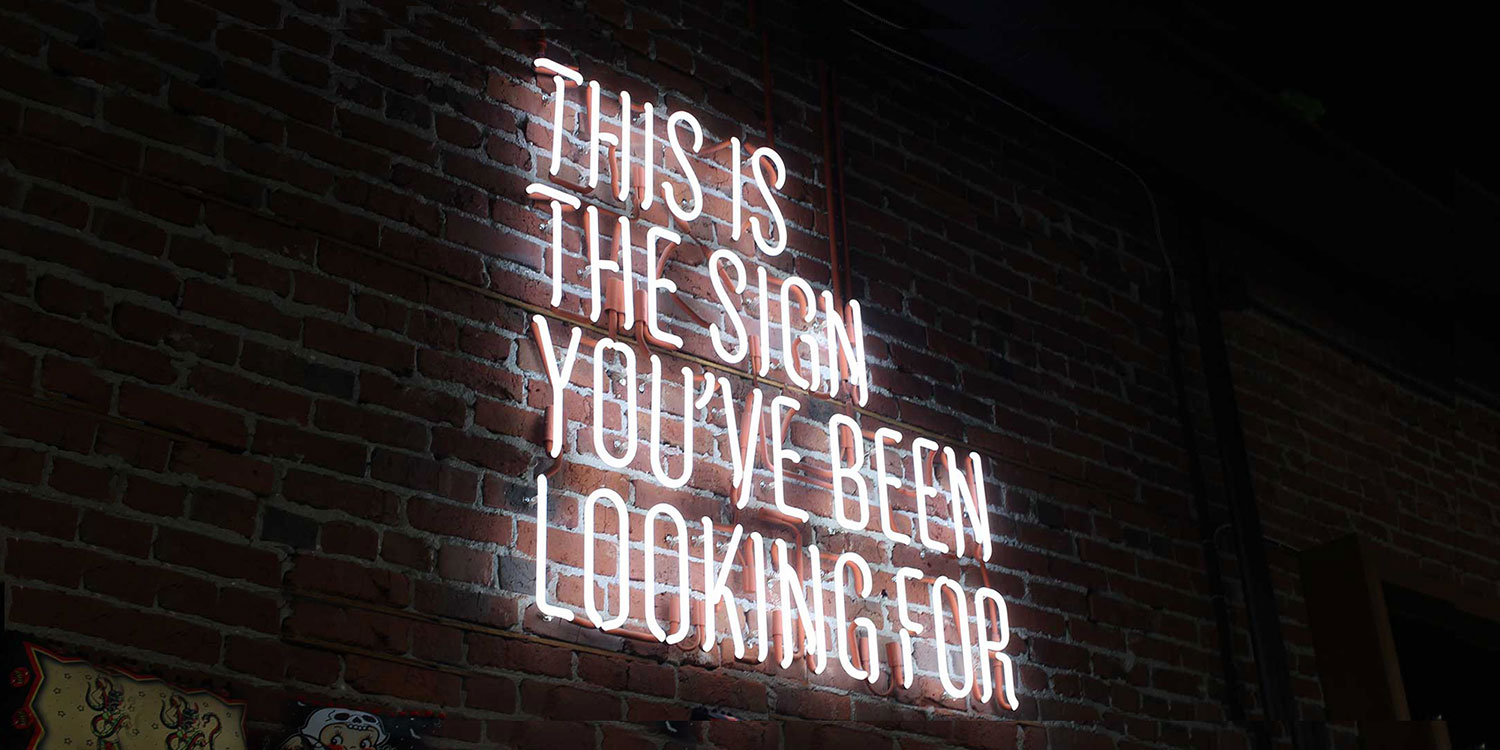The news tells us there’s an opioid epidemic, but if you’re struggling with opiate addiction, it can feel like you’re all alone.
Content warning: This piece includes vivid descriptions of opioid use disorder and cravings, as experienced by the author.
People say there’s an epidemic, but I say there’s only me, alone, in a dark house.
My heart beats quickly and my body feels lead-like, moving clumsily and slowly. My hands shake and my head swims. My nose runs. I decided not to take a pill today, but now my body is making a different sort of decision. The same body that allows me to type 80 words a minute and plaster my walls with poetry has now found a different functionality. My muscles and limbs—turned inside out and lit with a strange sort of fire—cry out for stuff that makes them sing in a way nothing ever has before.
The name morphine derives from Morpheus, the Greek God of sleep, a winged demon known to walk through the dreams of mere mortals by imitating their human forms. And just like the nightmares that cloud Morpheus’s kingdom of dreams, addiction follows morphine and other opiates and opioids through history, leaving opium dens and opium wars in its wake. We still see its imprints everywhere: morphine was marketed early on by Merck, and due in part to the sales boost from early opioid addicts, today that pharmaceutical giant is able to bring us everything from Nuvaring to Nasonex.
But now Merck isn’t here, and neither is my doctor.
It’s just me, trying to willpower myself out of taking a pill that’s become my daily routine. I’m trying to just say no. An easy choice, a logical decision, has somehow become the most difficult one of my life. It’s an intimate moment. A private realization. A personal failure. A loss of faith in my own competence, in my ability to believe something to be the best choice and then follow through with it, goddammit. Like getting lost in a neighborhood I should know by now. Like drawing myself a bath and getting distracted for two seconds and suddenly there’s water everywhere. Instead of stepping into a warm bath, I’m stepping into a flood. This is an epidemic of personal debate and beratement, an epidemic of misunderstanding and fear, of beliefs about control and strength in a world that prides itself on staying in control and being strong.
The word epidemic stems from the Medieval Latin, “a stay in a place.”
The place these pills have me staying in is a strange land, unlike that of a virus or flu. It’s a place where cures are double-edged, and easy fixes become complicated quickly. The prescription pill is so often considered the solution for pain and suffering. Get sick? Take a pill. Get better. This commonsense ritual becomes used and then abused in opioid use disorder, until the system makes no sense and up is suddenly down. Take a pill to get sick to take a pill to get better to get sick to take a pill to … Opioids have us hunkered down in a world where popping a pill, often one prescribed by a legitimate doctor, can take away chronic pain and also relieve the cramping, craving impossible existence that is withdrawal. It’s what I’ve been taught since I was young. Take your medicine. Feel better. It’s the solution, and where the problem began for me. For so many of us.
Bayer introduced both aspirin and heroin in the late 1800s, as cough remedies for children and adults. Heroin’s other marketing promise? A solution for morphine addiction. In a time when tuberculosis and pneumonia were rampant, an elixir offering to ease so much discomfort was welcomed with wide arms. Bayer’s research department declared the drug “heroisch,” the German word for strong. Thus, Heroin, and later, just plain heroin, was born. But within a relatively short time span, twenty years or so, doctors realized something was up. Patients were consuming a ton of cough soothers, far more than their actual coughs justified. Like morphine before it, and like opium before that, heroin brought with it something much more complicated than pain or cough relief.
I think of it like making a deal with the devil and giving a bit of myself in return. Opioids offer pain relief, but for me and many others, they demanded every other thing in my life in exchange. There’s a vicious circle, a thrum of goodness and badness. It is called, after all, getting high. Dope. And then dopesick. Even after I realize how far gone I am, opioids can still relieve my pain (pain they’ve caused). How can this be? Let’s talk withdrawal.
Opiate withdrawal is rough. Rough beyond belief.
Part of the reason withdrawal is so unbearable, often seeming impossible, is because a quick solution to such agony sits instantly within my grasp. My body knows this. My mind knows this. No matter how much my heart calls me to quit, no matter how many people I’ve lost or how much money I’ve snorted, there’s a deep reptilian part of my brain that wants me to survive and is convinced the withdrawal is killing me. That deeply seated evolutionary part of my brain wants me to live. It wants me to use.
Pills are deceiving. Unlike powders or liquids, they promise a pre-measured dose.
A pill habit lands you in a world where it’s all allegedly under control, until it’s suddenly, desperately not. We’re in an epidemic of maintenance habits and quit-anytime-I want-habits. An opioid addiction, like a YA author said about love and falling asleep, happens slowly, then all at once. An epidemic is hard to talk about when you have a bottle in a drawer and kids to feed and you’re trying not to take more than three pills tonight because you can’t drive with your kids in the car to meet your dealer and your husband has to work all weekend. An epidemic is hard to consider when you’re just one kid locked up in a room with a baggie under your bed, and you swore you’d never use a needle, ever, but now your habit is too expensive and nothing else works as well and you’ve gotten yourself in this deep and how could you ever crawl out of here, alone, in this bedroom.
My mom would be worried if I didn’t finish this off by saying I got better. For me, recovery has meant medication and community, and now I don’t have to live alone with my addiction anymore.
If you feel like a single person isolated alone behind a pane of glass, with pills stashed in strategic locations and a pill grinder in your purse and a smile plastered on your face, welcome to opioid addiction. You can make it out alive. If you’ve never felt less like part of an epidemic, never felt less like a part of something in your life, then welcome to opioid addiction.
There are millions of other people out there feeling just as defeated and terrified and alone.
They’re out there right now. Trying not to pick up. Sometimes succeeding.
It doesn’t feel like an epidemic when it’s a disease of isolation, and a disease of self-doubt. But zoom out, get bigger, and imagine all those people, living alone and struggling so hard. All ages, all social classes. Living the same pain. Feeling totally isolated. Wandering around inside their heads, lost. We’re staying in a strange place now, and opioids have put us here. But we’ve known it all along. From cowboys foregoing saloons to visit opium dens, to soldiers in the Civil and Vietnam Wars turning to opioids as a surefire solution to wars’ many pains. It’s a place research and technology have helped us reach harder, and faster, as synthetic opioids have come onto the market.
But research and technology can also help us escape. Pills are problems, but for many, medication can be part of the solution, as medication-assisted treatment relieves the withdrawal symptoms that keep us trapped in the cycle of using. We may fall faster, but we can also rise higher. We’ll talk louder, streaming out over bright screens, keyboards clicking, into homes and apartments and trailers and rehabs. We’ll live out loud.








